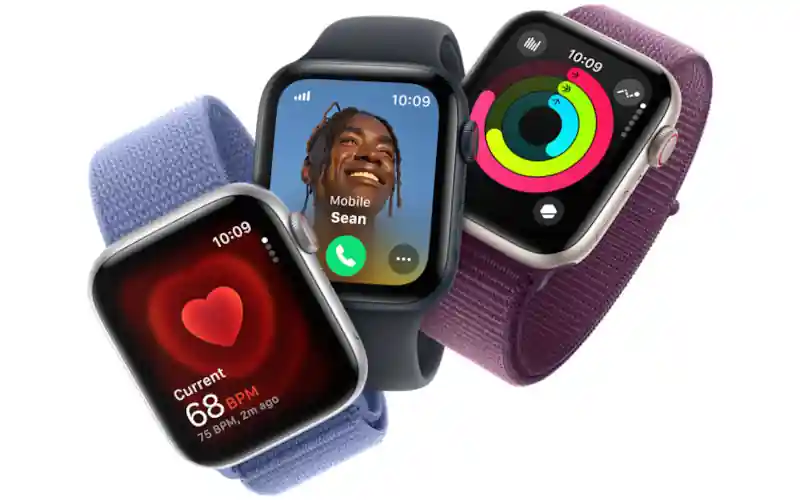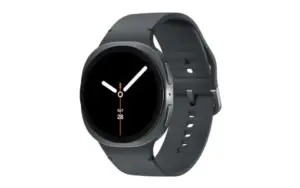Apple Watch Blood Oxygen Feature Returns in the U.S.

- Apple reintroduces Blood Oxygen monitoring to select Apple Watch models in the U.S. via software update, following a Customs ruling.
Software Workaround Enables Feature Restoration
Apple has announced the return of its Blood Oxygen monitoring feature for Apple Watch Series 9, Series 10, and Ultra 2 models sold in the United States. The feature, previously disabled due to a patent dispute with medical technology firm Masimo, is now reactivated through a redesigned software approach. Users must update their iPhone to iOS 18.6.1 and their Apple Watch to watchOS 11.6.1 to access the functionality. Instead of calculating blood oxygen levels directly on the watch, the paired iPhone now performs the computation, with results viewable in the Respiratory section of the Health app2.
This workaround was made possible by a recent ruling from U.S. Customs, which allowed Apple to import watches with the modified feature. Watches sold prior to the ban or purchased outside the U.S. remain unaffected and retain the original functionality. Apple emphasized that the change does not alter the hardware but shifts the processing location to comply with legal constraints. The update applies only to U.S.-sold models that previously lacked the feature due to the import restrictions.
Legal Background and Technical Adjustments
The Blood Oxygen feature was originally removed from Apple Watch models in late 2023 after the U.S. International Trade Commission ruled that Apple had infringed on Masimo’s patents. Apple responded by disabling the feature in software for affected models, allowing continued sales while appealing the decision. The redesigned version now avoids direct infringement by relocating the data processing to the iPhone, a move that Apple believes complies with the ruling. Masimo has not yet responded to the latest update, but further legal challenges remain possible5.
Apple Watch units with part numbers ending in LW/A are among those eligible for the restored feature. Users can verify their device’s part number in the Settings app under General > About. Apple has stated that the update does not affect the accuracy of the sensor readings, although results are now only accessible via the iPhone. The company continues to appeal the original ITC decision and maintains that its technology does not violate Masimo’s patents.
Broader Health Features and Future Outlook
Beyond Blood Oxygen monitoring, Apple Watch Series 9, Series 10, and Ultra 2 offer a wide array of health tools. These include ECG functionality, sleep apnea detection, fall and crash detection, wrist temperature sensing, and the Vitals app, which aggregates overnight health metrics. Users can also log medications, track mindfulness, and receive irregular rhythm notifications. The latest watchOS update enhances these features with improved data visualization and integration across Apple’s health ecosystem7.
Apple’s move to restore Blood Oxygen monitoring reflects its broader commitment to health technology, even amid legal and regulatory challenges. The company is expected to unveil the Apple Watch Series 11 and Ultra 3 in the coming weeks, potentially introducing further refinements. While the current solution may not satisfy all users, it marks a significant step in maintaining continuity for health tracking on Apple’s wearable devices. As the legal landscape evolves, Apple’s approach to compliance and innovation will likely remain under close scrutiny.









